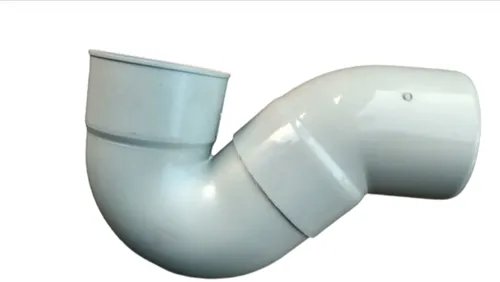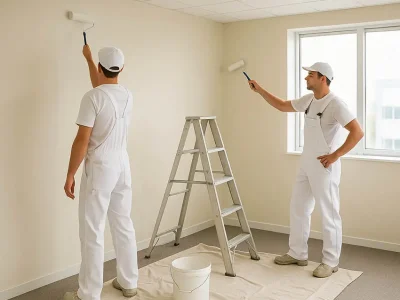You may have read an article on plumbing and seen the term “P-trap” in it. Have you ever wondered what the heck they were talking about? A P-trap, however, is not something that you learn about in school (unless you are in a plumbing or construction program).
We’ll explain what a P-trap is and what its purpose is in your house (yes, you have multiple P-traps!) What are the typical problems that can arise with P-traps?
P-traps: What Are They, And What Are They For
P-traps are shaped like a U or P.
A P-trap is a bend on a drain or waste pipe that has a specific function. This bend in the drain pipe has a pocket of filtered water that prevents foul-smelling, toxic sewer gases from entering your home. If you drop something (like a wedding band) down the drain, you can retrieve it by using the nearest P trap.
The P-traps are located under the sinks, bathtubs, and toilets in most modern homes.
Common P-Trap Problems
We’ll discuss two common problems with P-traps: clogs and dry P-traps.
Clogs
Due to the way the P-trap curves, foreign objects can quickly get stuck in the turn. This will cause a blockage. It is more likely to happen if you have flushed something down the drain which shouldn’t have been there. For example, wet wipes or paper towels.
You can easily remove clogs from a P trap by reaching in with a drain snake and pulling or pushing out the obstruction. You may have to remove the P-trap and clean it if the clog has become severe.
Keep this in mind: Over time, substances such as grease, sediment, soap scum, and dead skin can accumulate in pipes and cause clogs. If your drains are clogged regularly, and the clogs extend beyond your P-traps in your home, you might want to have them cleaned by a professional. This is a good long-term solution.
Dry P-Traps
A P-trap can dry out due to evaporation. It’s possible that a P trap will dry out due to other issues, such as a leak or a clog absorbing water. You’ll notice that sewer gasses will enter your home once the water evaporates or leaks from a P trap.
This problem can be easily solved or prevented by running a gallon of water or more down each drain in your house every three weeks. It is important to do this during the winter when P-traps are prone to drying out.













Comments